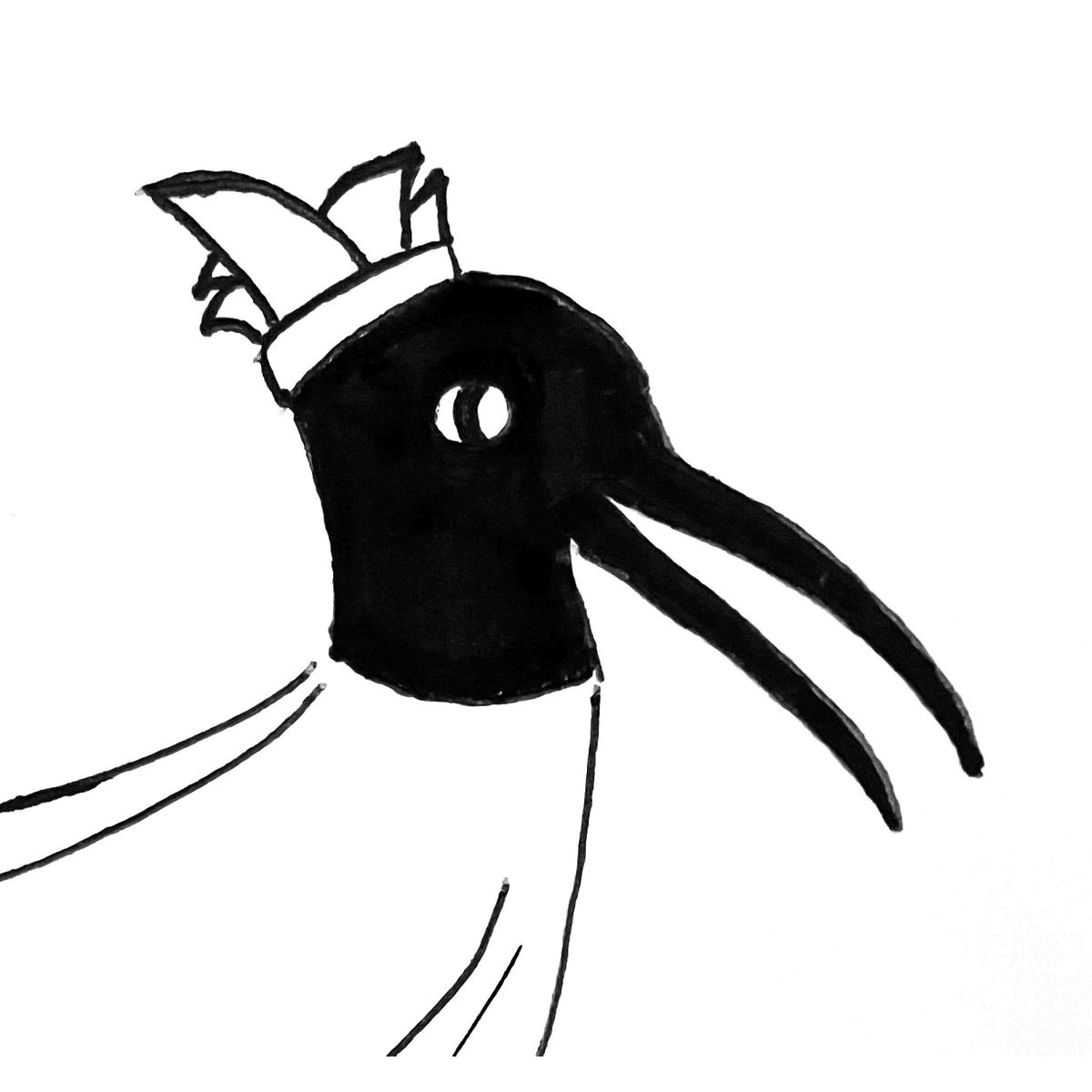A critical mass of astringency, greyscale and East Asian history.
It’s an hour past sundown in the subtropics. In the shadows a legion of cicadas rouse an unwavering wail in lustful unison. Brilliant lights are scarce here, with only the muted glow of tricolore lanterns providing differentiation between dwellings and eateries. Inside a homely tavern, a dusty fan hums and splutters as it struggles to circulate the doggedly stagnant air. Handwritten banners inscribed with anti-American sentiment sit defiantly on the wall, beside faded posters depicting shimmering turquoise waters and star-shaped sand.
The indigenous folk music, which has followed you all day, jigs and frolics around the room in the simmering heat. The syncopated island rhythm is magnetically drawn to the second beat, the infectious pulse echoed by staccato female chants and the twang of a stringed instrument made of snake skin.
An elderly matron sporting a Peter Rabbit apron hunches over the gas stove and cooks using a family style teflon plate, deftly shuffling its colourful contents with long chopsticks. The dish being prepared is goya champuru - an intercontinental stir-fry of spam, eggs, tofu and bitter gourd. Upon serving it into a shallow clay bowl, she sprinkles katsuobushi (bonito flakes) to finish the dish. Brought to life by the heat, they dance and jive in shape with the steam.

Goya champuru is not Japanese. It is Okinawan. In the Okinawan language goya is bitter gourd and champuru denotes something mixed, deriving from the Malay/Indonesian word campur (to mix).
With roots in the African continent, the bitter gourd was domesticated in South Asia, also becoming widely eaten across South East Asia and mostly China in East Asia. The potent compounds of this herbaceous vine mean that it sits comfortably in both realms of medicine and sustenance. Bitter foods naturally trigger saliva and stomach acids which accelerate the production of digestive enzymes, and so this gargoylesque gourd is touted for improving food absorption. Most commonly it is used in non-Western medicine to treat diabetes, acting as a plant-based insulin to lower blood sugar levels. Its perceived medicinal value is so high, that a quick Google search of bitter gourd yields results for your closest Chemist Warehouse.
Photo 2. Chinese variety - populary stuffed with pork and served in a soup.
Photo 3. Indian variety, which bears more jagged edges and can be much smaller in size (click arrow to slide across).
The bitter gourd is one of many clues to Okinawa’s ties to China, for whom it became a tributary state under the Ming Dynasty in the 15th century. As part of the Ryuku Kingdom, Okinawa served as a convenient trade bridge between China and Japan for almost three hundred years before being annexed in 1879. Other manifestations of Sino-influence in Okinawan culture include karate, the ubiquitous shisa (see below) and sanshin the three-stringed "banjo", a cousin of the Chinese sanxian.

The second principal ingredient in goya champuru, spam, reflects a complex legacy of American military occupation in Okinawa, much like in Hawaii, South Korea, Guam, and The Philippines. Knotted narratives of starvation and salvation; both inflicted by the United States army, are packed air-tight in this canned luncheon meat. Its popular emergence through other dishes like spam musubi and budae jjigae (army stew) reflect acts of re-claiming and re-configuring food which was once a symbol of coercion.
"Knotted narratives of starvation and salvation; both inflicted by the United States army, are packed air-tight in this canned luncheon meat".
Finally, the Japanese ambassador to goya champuru would be dashi as the base. Nonetheless, it is largely unintelligible to what most Australians know as Japanese food. As people, languages, and practices were emulsified over centuries, Okinawan culture has developed an identity which provides stark juxtaposition to the rest of Japan. Not only is the food markedly different, but the people are noticeably more easy-going and not under the workaholic salaryman trance. Although life runs on island-time, it's also common to see sprightly geriatrics working in the fields - marching industriously like a troop of ewoks. Alongside strong social ties and active lifestyles, a heavily plant-based diet including bitter gourd could be credited for Okinawa's knack for cultivating remarkable numbers of vivacious centenarians.
Goya champuru is a fine representation of Okinawa. A mosaic made of occupation, war, trade and diplomacy, its bitterness is fitting and relevant - to this day.
Photo 5. A typical beach in Okinawa, located on the island of Zamami.
Photo 6. Local fishermen collecting their catch for the day (click arrow to slide across).
Ibis Tip: The bitter gourd has many names, so asking for "bitter gourd" might not always yield expected results. Other names include bitter melon, bitter squash, bitter apple, karelā (Hindi & Urdu), kôrôla (Bengali), kǔguā (Mandarin), pare (Indonesian), khổ qua (Vietnamese).
Ibis Tip: There are many ways to subdue the bitterness, and cultures across Asia, Africa and the Caribbean have all developed their own ways - from blanching in saltwater, frying, and stuffing with spiced mince.









Comentários